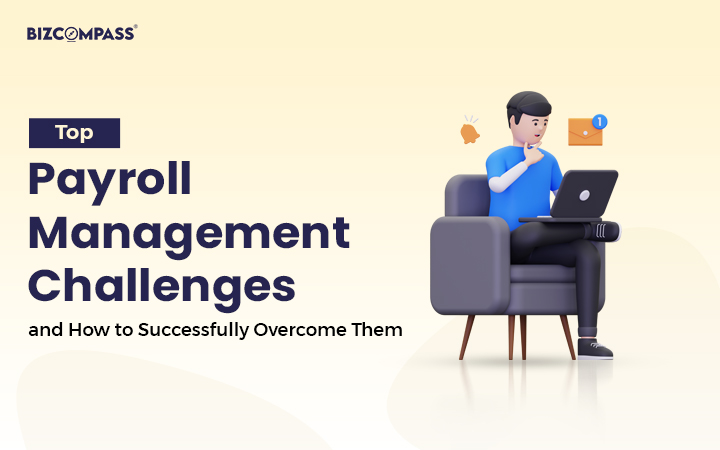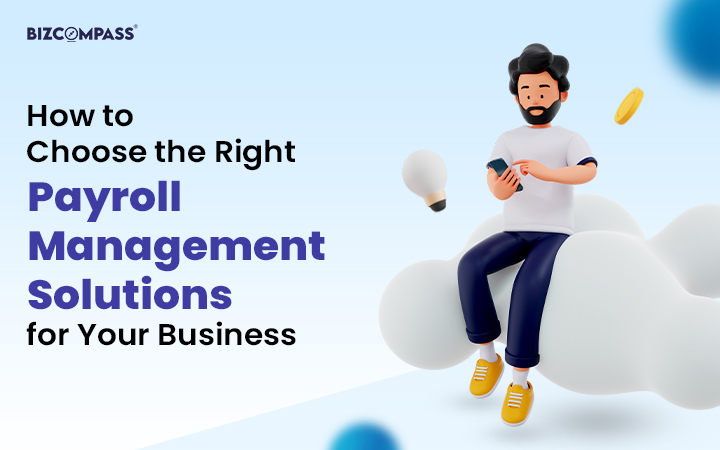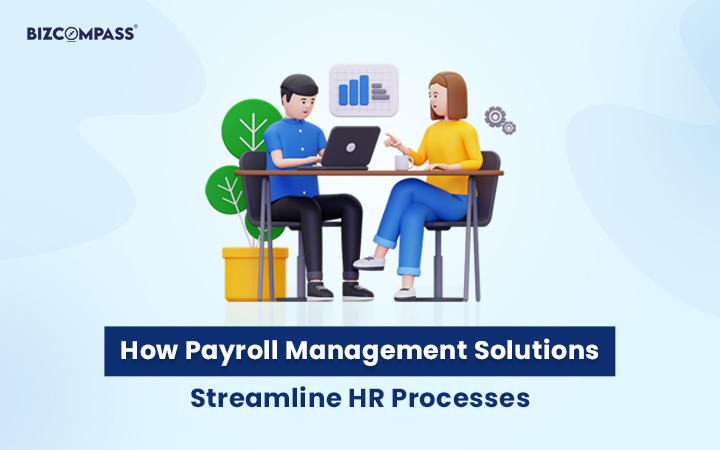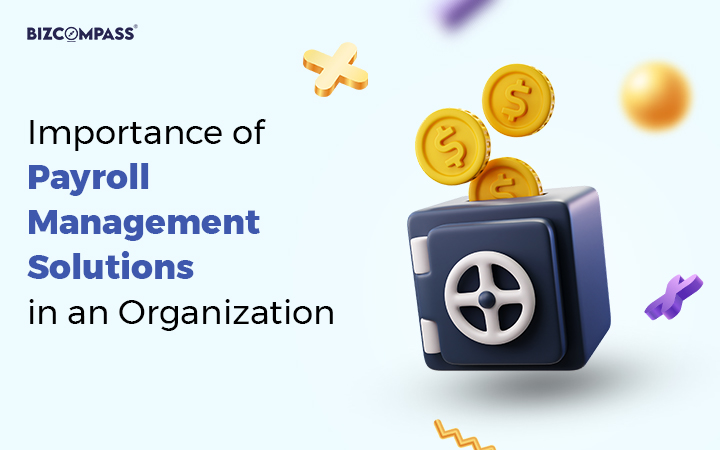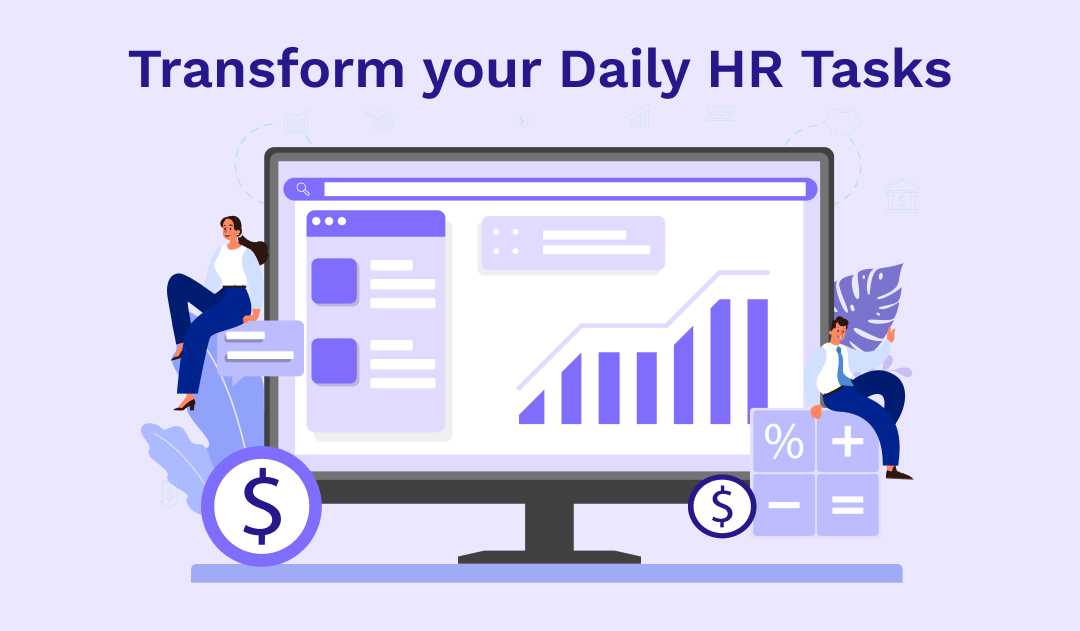Introduction
Payroll software solutions are digital tools designed to streamline and automate the process of managing employee compensation, including salaries, wages, bonuses, and deductions.
These solutions often encompass various functionalities such as calculating payroll taxes, generating pay stubs, handling direct deposits, and maintaining compliance with legal and regulatory requirements related to payroll management.
Payroll software is a centralized system that simplifies the complex tasks associated with payroll administration, ensuring accuracy, efficiency, and compliance. Selecting the right payroll software is crucial for businesses of all sizes due to several reasons.
Payroll errors can result in financial penalties, disgruntled employees, and legal consequences. The right payroll software minimizes the risk of errors by automating calculations and ensuring compliance with tax laws and regulations. This accuracy saves time and enhances trust and credibility among employees.
Manual payroll processing is time-consuming and prone to errors. By automating payroll tasks, businesses can significantly reduce the time and effort required for payroll processing, allowing HR professionals to focus on more strategic initiatives.
Additionally, payroll software eliminates the need to hire additional staff or outsource payroll processing, resulting in cost savings for the organization.
Payroll regulations are constantly evolving, and non-compliance can lead to severe penalties. The right payroll software stays up-to-date with changing regulations and ensures compliance with tax laws, labor laws, and other statutory requirements.
Moreover, it simplifies the process of generating accurate reports for tax filings, audits, and internal analysis, facilitating transparency and accountability.
Timely and accurate payroll processing contributes to employee satisfaction and morale. Payroll software enables seamless direct deposits, provides employees access to electronic pay stubs and tax documents, and allows easy tracking of leave balances and reimbursements.
This transparency and accessibility enhance employee trust and engagement with the payroll process. The right payroll software is essential for businesses to ensure accuracy, efficiency, compliance, and employee satisfaction in managing their payroll operations.
By investing in the appropriate payroll solution, organizations can streamline their payroll processes, mitigate risks, and focus on driving business growth.
Core Payroll Functions
Automated payroll processing is a fundamental function of payroll software solutions. It involves the systematic calculation of employee wages, salaries, bonuses, and deductions based on predefined rules and regulations.
By automating this process, payroll software eliminates manual errors, ensures consistency, and reduces the time and effort required for payroll administration. This functionality also facilitates the timely processing of payroll, enabling businesses to meet payroll deadlines efficiently.
Payroll software solutions incorporate tax calculation features to accurately determine the amount of taxes to be withheld from employee paychecks. These solutions consider federal, state, and local tax regulations and any relevant deductions and exemptions.
By automating tax calculations, payroll software ensures compliance with tax laws and regulations, minimizing the risk of costly penalties and audits. Additionally, payroll software generates tax reports and forms required for tax filings, simplifying the tax reporting process.
Payroll software facilitates the electronic transfer of employee wages directly into their bank accounts through direct deposit. This feature eliminates the need for paper checks, reduces administrative costs, and provides employees with timely access to earnings.
Additionally, payroll software may offer other payment options, such as prepaid cards or alternative payment methods, catering to the diverse needs of employees.
Payroll software generates electronic pay slips or pay stubs detailing employees' earnings, deductions, and taxes withheld for each pay period.
These pay slips are distributed to employees electronically through email, an employee self-service portal, or in print format. By automating the generation and distribution of pay slips, payroll software enhances transparency, communication, and record-keeping, allowing employees to access and review their pay information quickly.
Employee Management Features
Employee self-service portals are an integral feature of payroll software solutions, allowing employees to independently access and manage their personal information, pay stubs, tax forms, and benefits enrollment. These portals empower employees by providing convenient access to relevant HR and payroll resources, reducing the administrative burden on HR departments and fostering employee engagement.
Payroll software often integrates with time and attendance tracking systems to automate the recording and monitoring employee work hours.
This integration streamlines the payroll process by accurately tracking employee attendance, breaks, and overtime hours, which are then seamlessly incorporated into payroll calculations.
By automating time and attendance tracking, businesses can ensure compliance with labor regulations, accurately calculate employee wages, and identify trends in workforce productivity.
Payroll software includes employee database management features to centralize and organize employee information, such as contact details, employment history, compensation, and benefits.
This database serves as a single source of truth for HR professionals, enabling efficient management of employee records, tracking of important milestones, and generation of insightful reports for workforce analysis and planning.
Payroll software offers onboarding and offboarding support to facilitate seamless transitions for new hires and departing employees. This includes automating further hire information collection, completing required forms, and integrating with other HR systems.
Similarly, offboarding support involves automating the process of terminating employee records, deactivating access to company systems, managing final pay calculations, ensuring compliance with relevant regulations, and enhancing the efficiency of HR operations.
Compliance And Security
Payroll software solutions prioritize compliance with local labor laws by incorporating features that ensure adherence to regulations regarding minimum wage, overtime pay, tax withholding, and other labor standards specific to the jurisdiction in which the business operates.
By staying up-to-date with local labor laws, payroll software helps businesses avoid penalties, legal disputes, and reputational damage associated with non-compliance. Data security and encryption are paramount for payroll software solutions to safeguard sensitive employee information, including payroll data, personal details, and financial records.
These solutions employ advanced encryption techniques to protect data in transit and at rest, ensuring that unauthorized individuals cannot access or manipulate confidential information. By prioritizing data security, payroll software instills trust and confidence among users regarding the confidentiality and integrity of their personal data.
Payroll software providers regularly release software updates to incorporate changes in tax laws, labor regulations, and compliance requirements.
These updates ensure that the software complies with the latest legal and regulatory standards, enabling businesses to adapt seamlessly to evolving compliance requirements.
By staying current with compliance changes, payroll software helps businesses mitigate risks associated with non-compliance and maintain accuracy in payroll processing.
Payroll software solutions offer backup and disaster recovery capabilities to protect payroll data from loss or corruption due to unforeseen events such as hardware failure or cyberattacks.
These capabilities include automated data backups, redundant storage systems, and disaster recovery plans to ensure the continuity of payroll operations in an emergency.
By implementing robust backup and disaster recovery measures, payroll software enhances data resilience and minimizes the risk of data loss, providing peace of mind to businesses.
Reporting And Analytics
Payroll software offers customizable reporting tools that allow businesses to generate tailored reports based on their specific requirements.
These tools enable users to create various reports, such as payroll summaries, tax reports, labor cost analysis, and employee earnings statements, providing valuable insights into payroll-related data. Payroll software provides real-time analytics capabilities that offer immediate insights into payroll data, including trends, patterns, and anomalies.
These analytics enable businesses to make data-driven decisions, optimize payroll processes, and identify opportunities for cost savings and efficiency improvements.
Payroll software seamlessly integrates with accounting and HR systems, ensuring smooth data flow between departments. This integration eliminates the need for manual data entry and reconciliation, streamlining cross-functional processes and enhancing overall efficiency.
It tracks historical payroll data, providing a comprehensive record of past transactions and activities. This historical data is valuable for audits, compliance reporting, and trend analysis, enabling businesses to maintain accurate records and demonstrate regulatory compliance.
Scalability And Integration
Payroll software solutions offer scalability to accommodate the evolving needs of businesses, whether they are expanding their workforce or diversifying their operations.
This scalability ensures that the software can handle increased data volumes, user counts, and transaction volumes without compromising performance or functionality. It is designed to be compatible with other business systems, such as accounting, HR, and timekeeping software.
This compatibility enables seamless data integration and exchange between different systems, facilitating efficient cross-functional processes and data management.
Payroll software often provides application programming interfaces (APIs) that allow businesses to develop custom integrations with other software applications.
These APIs enable businesses to tailor the payroll software to their needs, integrate with proprietary systems, and automate workflows, enhancing flexibility/customization options.
The solutions offer flexibility in deployment options, including cloud-based and on-premises solutions. They allow for easy accessibility, scalability, and remote management, while on-premises solutions provide greater control over data security and customization.
Businesses can choose the deployment option that best aligns with their IT infrastructure, security requirements, and operational preferences.
User Experience And Support
Payroll software prioritizes an intuitive user interface to ensure ease of use for all users, including HR professionals, managers, and employees.
The interface is designed to be user-friendly, with intuitive navigation, clear labeling, and logical workflows, minimizing the learning curve and enhancing overall user experience.
Payroll software providers offer comprehensive training and onboarding support to help users familiarize themselves with the software's features and functionalities.
This includes online tutorials, user guides, video demonstrations, and live training sessions conducted by knowledgeable support staff. Practical training and onboarding ensure that users can maximize the benefits of the software and perform their tasks efficiently from the outset.
Payroll software vendors provide responsive customer service and technical support to address users' inquiries, issues, and concerns in a timely manner.
This support is available through various channels, such as phone, email, live chat, and helpdesk tickets, ensuring users can access assistance whenever needed.
Knowledgeable support representatives are available to provide guidance, troubleshooting assistance, and solutions to ensure a smooth user experience.
Payroll software vendors actively solicit user feedback and reviews to understand users' needs, preferences, and pain points. This feedback is invaluable for identifying areas for improvement, prioritizing feature enhancements, and enhancing the overall user experience.
User reviews and testimonials serve as resources for prospective users evaluating payroll software options, providing insights into real-world user experiences and satisfaction levels.
Conclusion
Lastly, when selecting a payroll software solution, prioritize key features such as automated payroll processing, tax calculation and compliance, employee management functionalities, reporting and analytics capabilities, scalability and integration options, as well as user experience and support offerings.
Thorough research and evaluation are crucial when choosing the right payroll software for your business. Consider factors such as your business needs, budget, scalability requirements, compliance obligations, and integration capabilities.
Take advantage of free trials, demos, and customer reviews to gain insights into the software's functionality, usability, and customer support.
Selecting the right payroll software solution is a critical decision impacting your business's efficiency, compliance, and employee satisfaction.
By prioritizing key features, conducting thorough research and evaluation, and considering your business's unique needs, you can choose a payroll software solution that streamlines your payroll processes, ensures compliance, and supports your business growth objectives.
If you are looking for a payroll management system for your business, check out Bizcompass now. It is the ideal solution for your business.

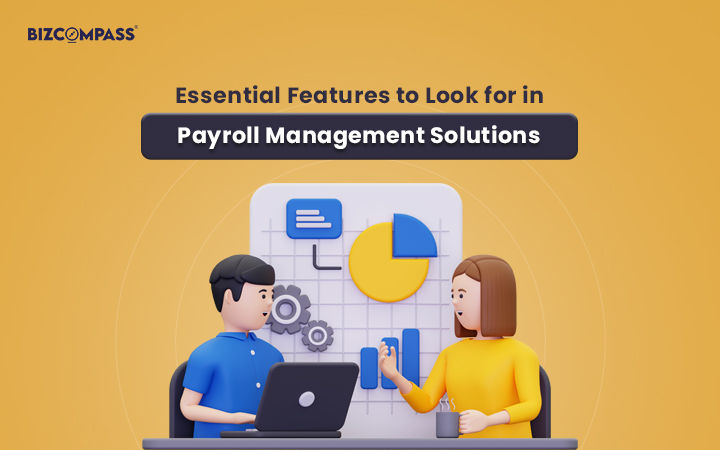
 >
>
